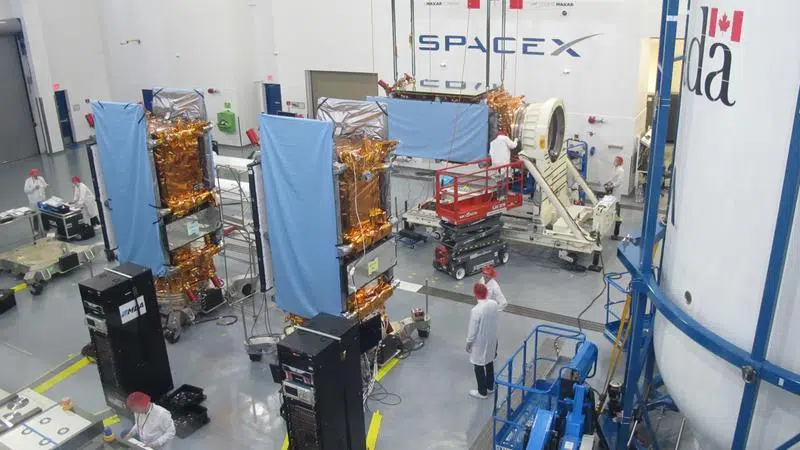
Agriculture Canada launches three new radar satellites
Canada is set to launch three new satellites into orbit today as part of the RADARSAT Constellation Mission, or RCM for short.
Agriculture and Agri-Food Canada are working together with groups of scientists on the project that will load three satellites onto one rocket. After it’s launched into space, the satellites will share an orbital plane and take satellite images of Canada from coast to coast every two to three days.
The project will allow scientists and researchers to watch as crops grow, providing valuable information on different trends affecting Canadian crop production nationwide.


